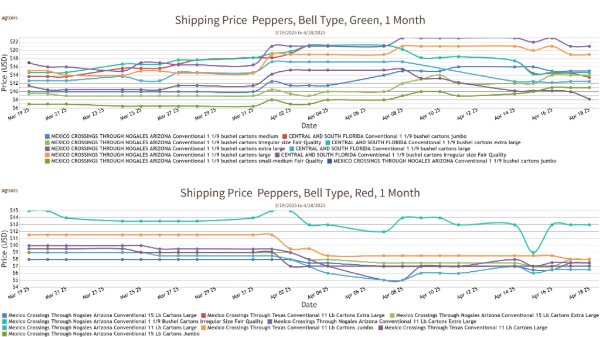Welcome to Blue Book!
Are you ready to join the thousands of companies who rely on Blue Book to drive smarter decisions? View our plans and get started today!
Still have questions? We’d love to show you what Blue Book can do for you. Drop us a line– we’ve been waiting for you.

Plantains are also remarkably hardy and packed with nutrients; a single plantain plant can produce fruit for over fifty years depending on its location. Specialty Produce’s Harrington explains the significance: because plantains contain lots of starch while bananas have more sugar, the former lends itself to cooking and can be prepared in many different fashions, from salty chips to sweet desserts.
“Plaintains play a predominant role in Puerto Rican cuisine,” Harrington notes, and are the primary ingredient in many “culturally important dishes such as mofongo, tostones, amarillos, and pastelon.”
So key is the plantain to Borinquen cooking that it can even replace bread, as it does in the legendary Puerto-Rican-by- way-of-Chicago sandwich known as the jibarito.
Yams and sweet potatoes refer to the same vegetable.
FALSE! Another pair of foods commonly confused, the yam and the sweet potato are in many ways similar, but unlike the banana and the plantain, they’re not really related at all.
The confusion goes back centuries to when Africans arrived on U.S. soil and saw sweet potatoes and referred to them as ‘yams’ because of their resemblance to a vegetable from their homeland. But while both are flowering plants and similar in appearance, the sweet potato is a dicot from the Convolvulacea, or morning glory family, and yams are a monocot from the Dioscoreaceae or yam family.
Yams tend to be firmer, more dry, and starchy than the soft, yielding and sugary sweet potato. In Spanish-speaking parts of the Caribbean you will find sweet potatoes are called boniatos; a fluffier and less sweet vegetable, with a creamy, pale yellow flesh instead of the usual bright orange. This vegetable has a more subtle and versatile flavor, closer to a standard white potato.
Caplan advises that the boniato be used in place of orange sweet potatoes when you want a less sweet, more starchy dish that yields more easily to complimentary flavors.
There are many different varieties of sapote.
TRUE! “Sapote” does not refer to a single type of fruit, but as many as eight different edible fruits that grow throughout Latin America. Caplan of Frieda’s and Toni Rodosta, president of Volcano Produce, Inc. of Los Angeles, are our guides through the complex world of these soft, delicious fruits.
The sapodilla, or naseberry, is a tasty example of the Sapotaceae family; its Mexican cousins are the yellow sapote, the green sapote, and the Mamey sapote, a pulpy tropical fruit with rough brown skin, a pink interior, and a rich flavor that blends sweet almond, honey, and a hint of tartness. The Ebenaceae family includes the chapote, native to Texas, and the Mexican black sapote, likely the original fruit to bear the name.








